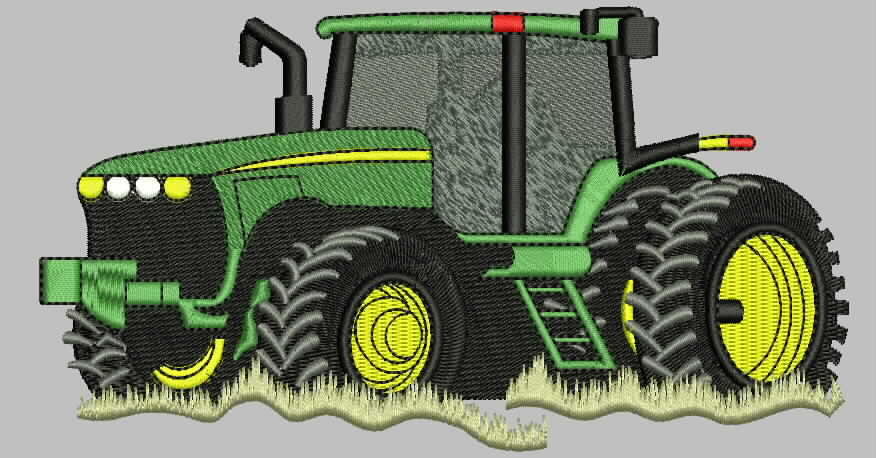
Looping Stitches: A Comprehensive Guide to Learning How to Do It
In needlework, looping stitches are a fundamental technique for creating intricate and textured designs. Looping stitches are great for embroidery, knitting, and crocheting. At Aqua Digitizing, I’ve personally seen how mastering these stitches improves embroidery quality and client satisfaction. You’ll learn different types of looping stitches, practical applications, helpful tips, and common mistakes to avoid.
Looping Stitches: What Are They?
A looping stitch is when a thread loops around itself or another thread, creating a pattern or texture. There are a lot of uses for these stitches:
Embroidery
Knitting
Crochet
They add dimension and structural integrity to fabrics, making them a must-have skill. It’s the looping stitches that make Aqua Digitizing’s embroidery stand out.
Looping stitches types
Chain Stitch
Description: A fundamental embroidery stitch creating elegant lines and intricate patterns.
Applications:
Outlining designs
Floral motifs
Lettering
Lazy Daisy Stitch
Description: A decorative variation of the chain stitch forming looped petals.
Applications:
Embroidered flowers
Leaf patterns
Decorative embellishments
French Knot
Description: A tightly looped stitch creating raised, textured dots.
Applications:
Flower centers
Textured detailing
Embroidery accents
Bullion Knot
Description: A detailed stitch creating elongated, cylindrical loops.
Applications:
Roses
Intricate floral designs
Dimensional embroidery art
Loop Stitch (Knitting)
Description: A knitting technique producing loops on fabric surfaces for added texture.
Applications:
Sweaters
Scarves
Hats
Decorative home textiles
Looping Stitches: Essential Tools
Use the right tools to make professional looping stitches:
Choose needles based on your thread type and stitch style.
Try out different thread thicknesses and textures.
The embroidery hoop keeps fabric tension even, so the loops are neat and consistent.
For more detailed guidance on selecting embroidery tools, visit Craftsy’s guide to embroidery hoops and tools.
Looping stitches: Tips for mastering them
At Aqua Digitizing, I’ve found that improving looping stitches involves:
Consistency: Make your stitches look professional by having uniform loop sizes and even tension.
Make your projects pop with thicker or textured threads.
Make sure you follow embroidery patterns: Patterns help you place stitches and sequence them.
Make sure every stitch is secure, precise, and pretty by slowing down.
What you need to know about common mistakes
When I digitize embroidery at Aqua Digitizing, I often encounter these issues:
Before starting your main project, practice maintaining even tension on scrap fabric.
To avoid twisted threads, let your needle and thread hang freely.
Mark your stitch placement clearly with fabric marking tools or washable markers.
Looping stitches: creative uses
Looping stitches add beauty and texture to projects. These techniques have been successfully applied at Aqua Digitizing in:
Designs on fabric that are detailed and textured.
Adding style to sweaters, scarves, and accessories.
You can personalize pillows, curtains, and textiles with home decor.
Frequently Asked Questions (FAQs)
How do I choose the right thread for looping stitches?
Select thread based on your project’s fabric and the desired texture. Thicker threads create bold loops, while finer threads produce delicate, detailed stitches.
Why do my loops keep unraveling?
Loops usually unravel due to insufficient tension or improper securing of stitches. Ensure each loop is tight enough and securely knotted.
Can beginners learn looping stitches quickly?
Absolutely! Looping stitches are beginner-friendly, but mastering consistency requires practice. Start with simple stitches like chain stitch or lazy daisy stitch.
Is a hoop necessary for embroidery looping stitches?
While not mandatory, an embroidery hoop greatly helps maintain fabric tension, resulting in more consistent and neat stitches.
Final Thoughts
Learning how to master looping stitches will significantly enhance your needlework skills, enabling you to produce sophisticated and eye-catching projects. Following proven techniques, using the appropriate tools, and practicing regularly ensures consistently beautiful results. My experience at Aqua Digitizing has demonstrated the importance of paying attention to these details.
I wish you good stitching!
 315-215-0681
315-215-0681







